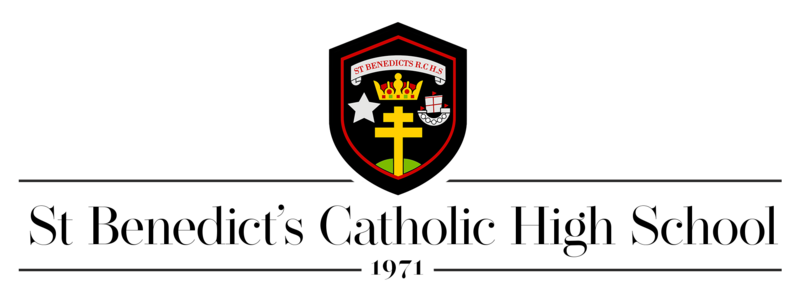
If students really enjoy Mathematics and are successful at it, then Further Mathematics may be for them. It extends the A Level Mathematics content and can involve an extra application, Decision Mathematics, that looks at how to decide on the best approach to solve problems. In addition to the A Level Maths content, students will study: Further Pure Mathematics – Proof; Complex numbers; Matrices; Further algebra and functions; Further calculus; Further vectors; Polar coordinates; Hyperbolic functions; Differential equations. There is then a choice between more Pure Maths, Mechanics, Statistics, or Decision. Some of the content covered in the different areas is shown below. Decision Mathematics – Algorithms and graph theory; Algorithms on graphs; Algorithms on graphs II; Critical path analysis; Linear programming. Mechanics – Momentum and impulse; Collisions; Centres of mass; Work and energy; Elastic strings and springs. Probability and Statistics – Linear regression; Statistical distributions (discrete); Statistical distributions (continuous); Correlation; Hypothesis testing; Chi-squared tests. We want students who: Are motivated and enthusiastic about the magic of Mathematics and who aspire to discover more of its secrets by studying it at a higher level. If students really enjoy Mathematics and are interested in studying Mathematics, or a related subject such as Physics or Engineering, at university, then Further Mathematics is an excellent choice.
At least Grade 7 or above in GCSE Maths. Students taking Further Maths must also be studying 3 other A levels including Maths A Level.
The course is assessed externally and is 100% exam. At end of Year 13, there are four exams. Paper 1: Pure Maths – 1 hour 30 minutes, 75 marks, 25% Paper 2: Pure Maths – 1 hour 30 minutes, 75 marks, 25% Paper 3: Applied Maths (Option 1) – 1 hour 30 minutes, 75 marks, 25% Paper 4: Applied Maths (Option 2) – 1 hour 30 minutes, 75 marks, 25%
About Education Provider
| Region | North West |
| Local Authority | Cumberland |
| Ofsted Rating | Good |
| Gender Type | Co-Educational |
| Address | Red Lonning, Hensingham, Whitehaven, CA28 8UG |
If students really enjoy Mathematics and are successful at it, then Further Mathematics may be for them. It extends the A Level Mathematics content and can involve an extra application, Decision Mathematics, that looks at how to decide on the best approach to solve problems. In addition to the A Level Maths content, students will study: Further Pure Mathematics – Proof; Complex numbers; Matrices; Further algebra and functions; Further calculus; Further vectors; Polar coordinates; Hyperbolic functions; Differential equations. There is then a choice between more Pure Maths, Mechanics, Statistics, or Decision. Some of the content covered in the different areas is shown below. Decision Mathematics – Algorithms and graph theory; Algorithms on graphs; Algorithms on graphs II; Critical path analysis; Linear programming. Mechanics – Momentum and impulse; Collisions; Centres of mass; Work and energy; Elastic strings and springs. Probability and Statistics – Linear regression; Statistical distributions (discrete); Statistical distributions (continuous); Correlation; Hypothesis testing; Chi-squared tests. We want students who: Are motivated and enthusiastic about the magic of Mathematics and who aspire to discover more of its secrets by studying it at a higher level. If students really enjoy Mathematics and are interested in studying Mathematics, or a related subject such as Physics or Engineering, at university, then Further Mathematics is an excellent choice.
At least Grade 7 or above in GCSE Maths. Students taking Further Maths must also be studying 3 other A levels including Maths A Level.
The course is assessed externally and is 100% exam. At end of Year 13, there are four exams. Paper 1: Pure Maths – 1 hour 30 minutes, 75 marks, 25% Paper 2: Pure Maths – 1 hour 30 minutes, 75 marks, 25% Paper 3: Applied Maths (Option 1) – 1 hour 30 minutes, 75 marks, 25% Paper 4: Applied Maths (Option 2) – 1 hour 30 minutes, 75 marks, 25%